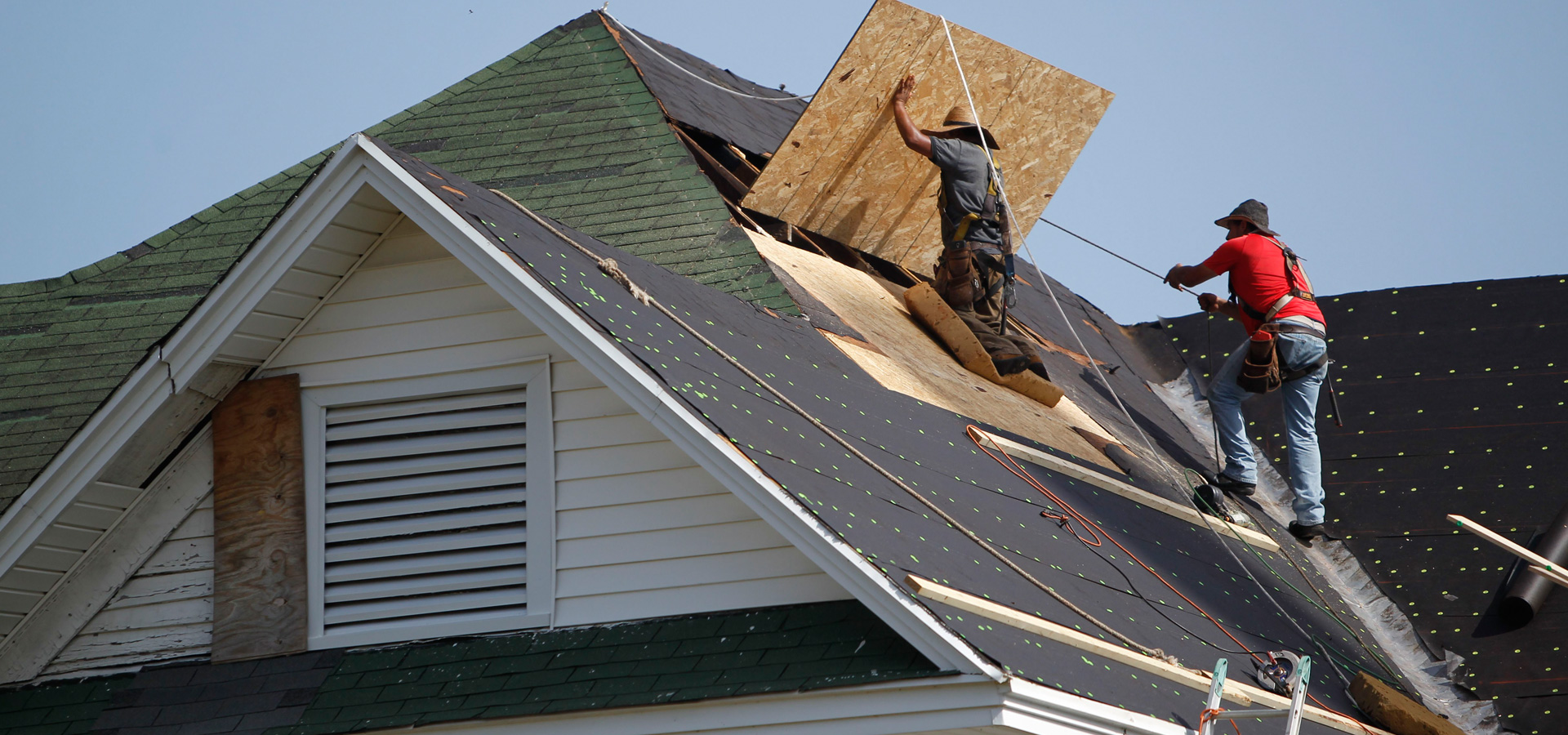Roof replacement is a significant project that requires careful planning and execution. Here is a step-by-step guide to help you navigate the process of roof replacement:
- Assessment and Inspection:
- Begin with a thorough assessment of your existing roof. Look for signs of damage, such as missing or damaged shingles, leaks, or sagging areas. Consider the age of the roof and the extent of wear and tear.
- Choose the Right Time:
- Plan the replacement during a time of year with favorable weather conditions. Ideally, choose a season with mild temperatures and low chances of rain or severe weather.
- Hire a Professional Roofing Contractor:
- Research and hire a reputable roofing contractor with experience in roof replacements. Check reviews, ask for recommendations, and verify licenses and insurance. A professional contractor can provide valuable insights and ensure the job is done correctly.
- Permits and Regulations:
- Check with local authorities to determine if permits are required for roof replacement. Ensure that the replacement complies with local building codes and regulations.
- Material Selection:
- Choose the roofing material that best suits your needs, preferences, and budget. Options include asphalt shingles, metal roofing, tile, slate, or other materials. Consider factors such as durability, energy efficiency, and aesthetics.
- Obtain Quotes and Contracts:
- Get quotes from multiple roofing contractors. The quotes should include details about the scope of work, materials, labor costs, and any additional charges. Review contracts carefully and ensure all aspects of the job are outlined.
- Schedule the Replacement:
- Work with the roofing contractor to schedule the replacement at a convenient time. Consider factors such as weather conditions, the availability of materials, and the contractor’s schedule.
- Protect Your Property:
- Before the replacement begins, take steps to protect your property. Cover items in the attic to prevent dust and debris from entering the living space. Move vehicles away from the work area, and protect landscaping.
- Old Roof Removal:
- The first step in the replacement process is removing the old roof. This involves stripping away the existing shingles or roofing material. The roof deck is inspected for any damage and repaired as needed.
- Repair and Preparation:
- Address any underlying issues or damage to the roof deck. Install appropriate underlayment and flashing to ensure a watertight seal. This step is crucial for the longevity and effectiveness of the new roof.
- Installation of New Roofing Material:
- Install the selected roofing material according to manufacturer guidelines and industry best practices. This includes laying shingles, fastening metal panels, or placing tiles, depending on the chosen material.
- Flashing and Ventilation:
- Install flashing around roof penetrations, such as chimneys and vents, to prevent water intrusion. Ensure proper ventilation to promote air circulation and prevent issues like condensation.
- Cleanup:
- After the new roof is installed, the work area should be thoroughly cleaned. Dispose of old roofing materials responsibly and inspect the property for any debris.
- Final Inspection:
- Conduct a final inspection with the roofing contractor to ensure that the replacement meets quality standards and adheres to the agreed-upon specifications.
- Warranty and Maintenance:
- Review the warranty provided by the roofing material manufacturer and the contractor. Understand the terms and conditions. Additionally, discuss recommended maintenance practices to prolong the lifespan of the new roof.
Roof replacement is a significant investment in your property’s protection and longevity. Working with experienced professionals, choosing quality materials, and following a systematic approach will help ensure a successful and durable roof replacement.


